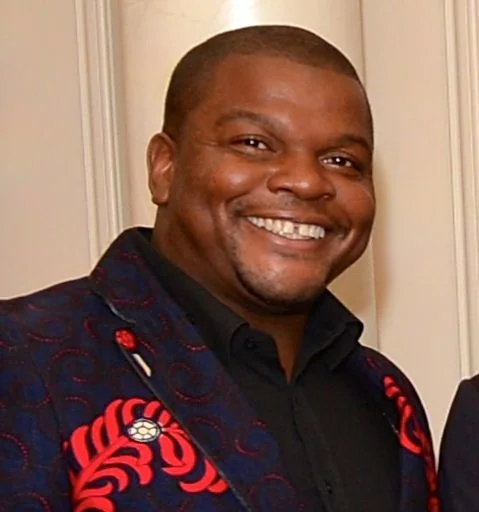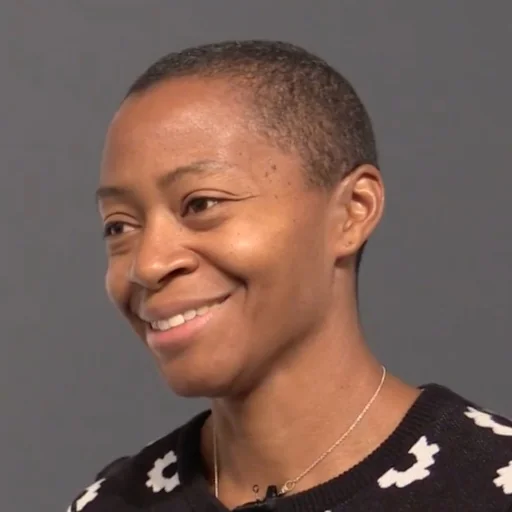In modern art, a resurgence of realism is evident, contrasting the abstract trends of past decades. Today’s artists, influenced by social, technological, and cultural shifts, are revisiting realism to depict contemporary themes. This revival reflects a blend of traditional techniques with current narratives, showcasing realism’s enduring relevance in art’s evolving landscape.
Present Day Examples
Kehinde Wiley1 reimagines traditional portraiture, placing African American subjects in classical poses, blending realism with historical context.

Kehinde Wiley, born in 1977, is an American portrait painter based in New York City. He is renowned for his naturalistic paintings of Black individuals, often drawing inspiration from Old Master paintings. In 2017, Wiley was commissioned to paint former President Barack Obama’s portrait for the Smithsonian National Portrait Gallery. His work, celebrated for portraying young African-American men in a heroic light, was exhibited at the Columbus Museum of Art in 2007.
Nicole Eisenman’s sculptures present a modern twist on realism, capturing contemporary life’s complexity.

Nicole Eisenman, a French-born American artist born in 1965, is recognized for her oil paintings and sculptures. She has received accolades like the Guggenheim Fellowship (1996) and the Carnegie Prize (2013), and has been featured in the Whitney Biennial three times (1995, 2012, 2019). In 2015, she won a MacArthur Fellowship for revitalizing the significance of the human form in art, countering the 20th century’s trend of abstraction.
Kara Walker’s video installations and silhouettes explore racial and historical narratives, using realism to confront social issues.

Kara Elizabeth Walker, an American artist and professor born in 1969, is renowned for her exploration of themes like race, gender, and identity through various mediums including painting, silhouettes, and filmmaking. Noted for her black cut-paper silhouettes, she received the MacArthur fellowship in 1997 at 28, making her one of its youngest recipients. Since 2015, she has been the Tepper Chair in Visual Arts at Rutgers University’s Mason Gross School of the Arts.
These artists embody contemporary realism’s diversity, integrating traditional representation with current themes and innovative techniques, thus reflecting the evolving nature of realism in the modern art world.
Realism and Hyperrealism, while sharing a focus on lifelike representation, differ significantly. Realism, traditional in nature, depicts everyday life with a commitment to accuracy. Hyperrealism, on the other hand, elevates this to an extreme, creating artworks so detailed they resemble high-resolution photographs. This ultra-realistic approach often magnifies mundane subjects, adding a new layer of interpretation. The impact of Hyperrealism lies in its ability to captivate viewers with its precision, challenging the boundaries between real and artificial, and pushing the limits of artistic technique.
Traditional realism, rooted in the 19th century, focused on lifelike depictions of everyday life, often with social commentary. Contemporary realism, while maintaining an emphasis on realistic depiction, integrates modern themes and techniques. It reflects current societal issues, employs digital media, and sometimes merges with hyperrealism for ultra-detailed portrayals. This evolution signifies how realism adapts, maintaining its core principles while resonating with contemporary audiences and artistic innovation.
My Insight
The resurgence of realism in modern art, will be accelerated by AI and precision technologies, suggests a potential return to traditional realism. This trend reflects a full-circle evolution in art, where the integration of advanced tools with classical techniques could lead to a renewed appreciation for realism’s authenticity and detail. The future of art in my opinion will see a blend of time-honored realism and cutting-edge technology, offering new dimensions to artistic expression and viewer engagement.
According to Megan Mayfield, “Renaissance art is classified by a focus on religious subject matter in a realistic style.”
https://moa.byu.edu/art-history-the-renaissance/
Footnotes
- https://en.wikipedia.org/wiki/Kehinde_Wiley ↩︎






